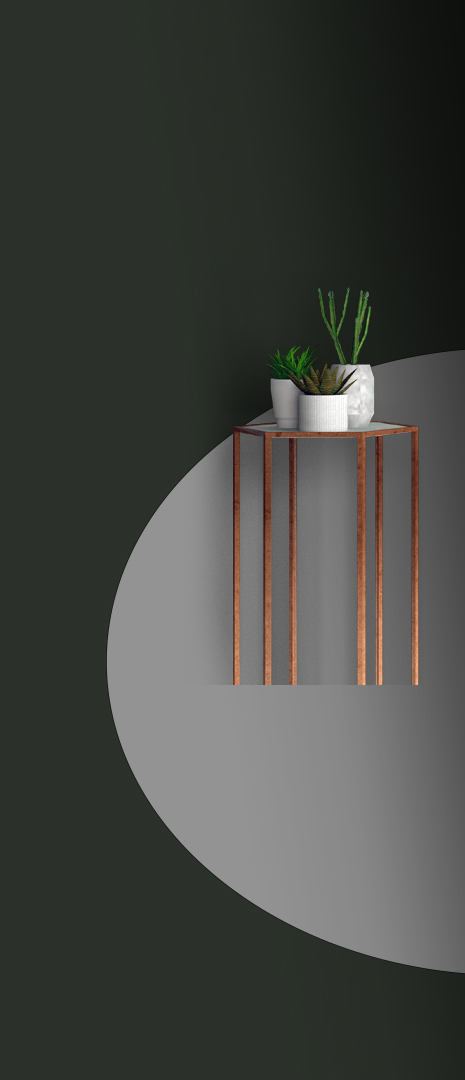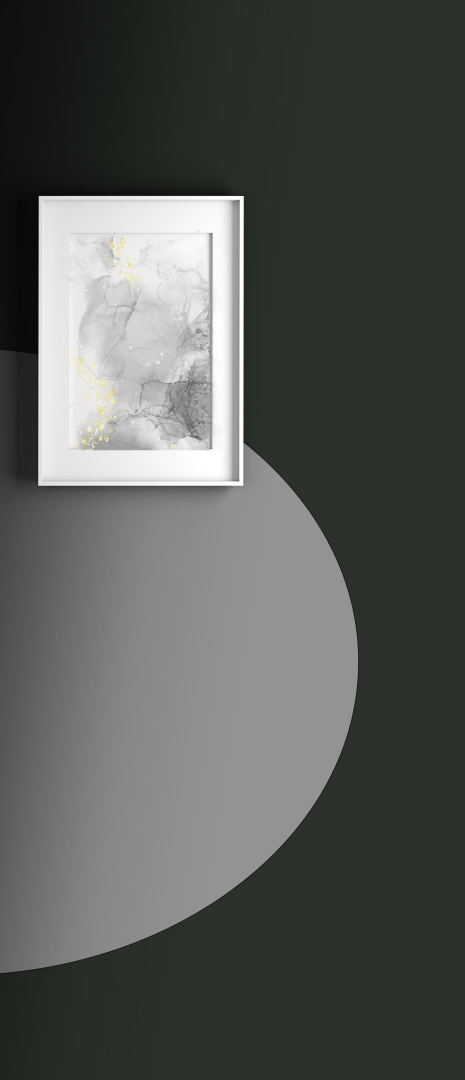Svjetlana Prole, architect - Interior design through the prism of fashion and art
Svjetlana Prole (Photo: Ana Korićanac)

Svjetlana Prole, architect and interior designer from Banja Luka, is a fan of classicism applied in a contemporary way, so you can often see elements of that style in her interiors. In addition, she tries to "listen well to the client", his requests and the experience of the space.
Prole and her team recently completed the interior design project of the Integra Hotel in Trebinje. They say that Trebinje got a hotel that matches its character - charming, unburdened, spontaneous, and the mentality of this climate was the inspiration for the style they will apply in the facility.
Four years ago, she started an interior design school in Banja Luka through Studio Prole, which for her is much more than a place for education.
eKapija: In the description of your work, it is stated that you are involved in interior design through the prism of fashion and art. At what point do you decide on that combination in your work and how does it manifest itself in the space?
Lobby in Hotel Integra in Trebinje (Photo: Ana Korićanac)

Understanding fashion and the opportunity to get to know the industry gave me the chance to better understand the application of materials, implement current trends in the space and with fashion, as the interest of many, I better understand the psychology of clients and respond to their expectations more easily.
eKapija: What is key in your approach to interior design? What are you taking care of and what are you focusing on?
- The most important thing is to take advantage of the opportunity to listen to the client well. I pay attention to how they perceive the space and how compatible their requirements are with the space. Then my task is to try to balance all of that in a creative way, after which something completely authentic is created.
eKapija: How can you recognize the interior designed by Svjetlana Prole? Surely each of them bears your personal stamp, but do they all have something in common?
- In my work, I always try to push boundaries, take risks and experiment. However, what I most often repeat and advise my students on the interior design course is a neutral base. When we have a good parquet floor and neutral walls, we can, as I like to say, "dress up" the space and build it up over time. Also, I am a fan of classicism applied in a contemporary way, so elements of that style can often be found in my interiors.
eKapija: Aesthetics or functionality - do you strive for their harmony or do you choose one over the other?
Svjetlana Prole at the Integra Hotel Trebinje (Photo: Ana Korićanac)

eKapija: What type of interior do you like to decorate the most? Is it more difficult to design residential spaces, given that clients are emotionally attached to those processes and elements, and where is a "healthy" border between the client and the designer?
- I like to work best when I have a clear project task and the trust of the client. Such clients get the most.
eKapija: They say that "quiet luxury" is one of the trends that has entered the design world. What is the case with you and how much do trends affect your work?
- Lately, I`ve been trying to push all the ideas through my so-called timeless filter. I think that in this way the interiors get added value and simplicity.
eKapija: The last project you worked on was the renovation of the Integra Hotel in Trebinje. The space exudes warmth, luxury and art. Where did you find your inspiration and what did you apply there?
- In fact, Trebinje got a hotel that matches its character: charming, unburdened, spontaneous. Through our work at the Integra Hotel in Trebinje, we had the opportunity to meet the locals who gave us the clearest guidelines on how to approach the interior. They want quiet luxury, appreciate art and culture and consciously enjoy the beauty of the combination of Mediterranean and continental climates that can rarely be found anywhere else. Our view of their mentality was reflected through an eclectic style, the use of antiques and the most diverse decor.
eKapija: When did you start the design school Prole? What should the students of the school keep in mind about the lecturers, experience, and the title they acquire?
One of the rooms at the Integra Trebinje hotel (Photo: Ana Korićanac)

No previous knowledge is required, and the participants come from a wide variety of fields. It is interesting that the youngest attendee was 16, and the oldest 50, so everyone is welcome. Upon completion, participants receive a certificate of completion of the school of design, which was the reason for some of them to change their job. The school lasts three months and is an excellent foundation for anyone who wants to get to know this field. In addition to my theoretical and practical lectures, we also visit furniture and ceramics showrooms and get to know the process of interior design in a special way.
I am happy that the interest is increasing year by year, so we always have a list of interested parties even before the announcement of the new term. We are currently in the process of preparing a new concept of work, which we will start in October.
eKapija: Social networks today are certainly the strongest tool to reach clients. How much attention do you give to personal marketing and is it crucial for success?
- I believe in the power of social networks, but I also believe that those who love their work can easily become recognizable. On social networks, I share a small part of my work in relation to the dynamics that social networks today expect. As in my business in general, I choose to focus on quality on social media. After finishing the project that I want to show, I share the most interesting ones, and I treat my Instagram profile as a personal archive of both projects and what inspires me.
Vedrana Marković
Vedrana Marković
PHOTO GALLERY:





Click here to see the entire Special Edition Newsletter
"Interior and Exterior - The magic of design: For your dream space"
Back to newsletter
























